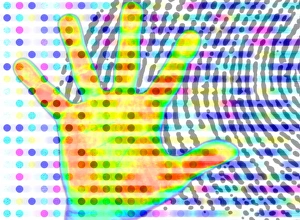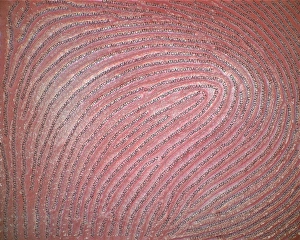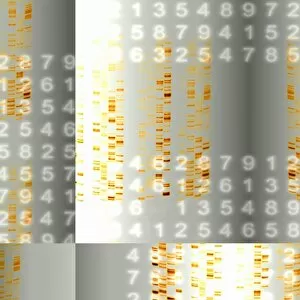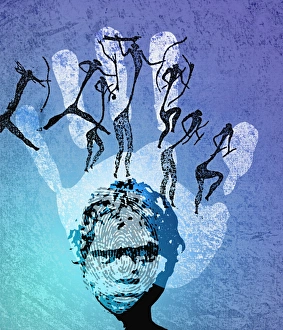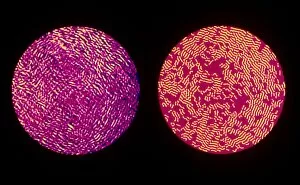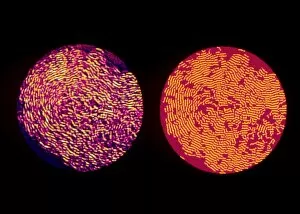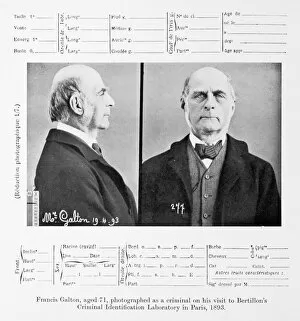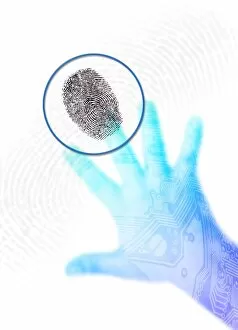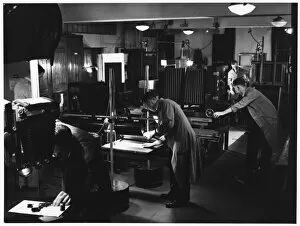Forensic Collection (page 5)
"Unveiling the Secrets: Exploring the World Science" Step into the realm science, where every clue tells a story
All Professionally Made to Order for Quick Shipping
"Unveiling the Secrets: Exploring the World Science" Step into the realm science, where every clue tells a story. From a British passport to fingerprint scanners, this captivating field unravels mysteries and brings justice to light. Intricate patterns on fingertips hold immense power, as they are captured by state-of-the-art fingerprint scanners. These unique marks become vital evidence in solving crimes and identifying individuals involved. Police evidence bags safeguard illegal drugs that have been seized from criminals. These bags serve as silent witnesses, preserving crucial proof for courtroom battles against drug trafficking. Beyond crime scenes, even artwork can bear hidden secrets. Fingerprint scans on canvases reveal artists' touch and provide insights into their creative process, adding an intriguing twist to the world of art forensics. The human fingerprint remains one of nature's most fascinating marvels. Its intricate ridges and loops offer clues about identity and play a pivotal role in biometric scans used for security purposes worldwide. Delving deeper into forensic analysis, DNA autoradiograms showcase genetic codes like abstract masterpieces. This cutting-edge technique aids scientists in unraveling complex family trees or identifying suspects with unmatched precision. Within Metropolitan Police laboratories, dedicated scientists tirelessly work towards uncovering truth amidst chaos. Their expertise helps bring closure to victims' families while ensuring justice is served through meticulous examination of evidence collected at crime scenes. Forensic science has a rich history dating back centuries; pioneers like Dr Auguste Ambroise Tardieu and John Thomas Porcell paved the way for modern techniques we rely upon today. Their groundbreaking contributions continue to shape our understanding of criminal investigations. One such case that shook nations was that of Roger Casement - his importation trial captivated public attention on December 21st until July 20th in 1907. The meticulous gathering of evidence showcased how forensic science could expose illicit activities beyond borders and bring notorious figures to justice.





